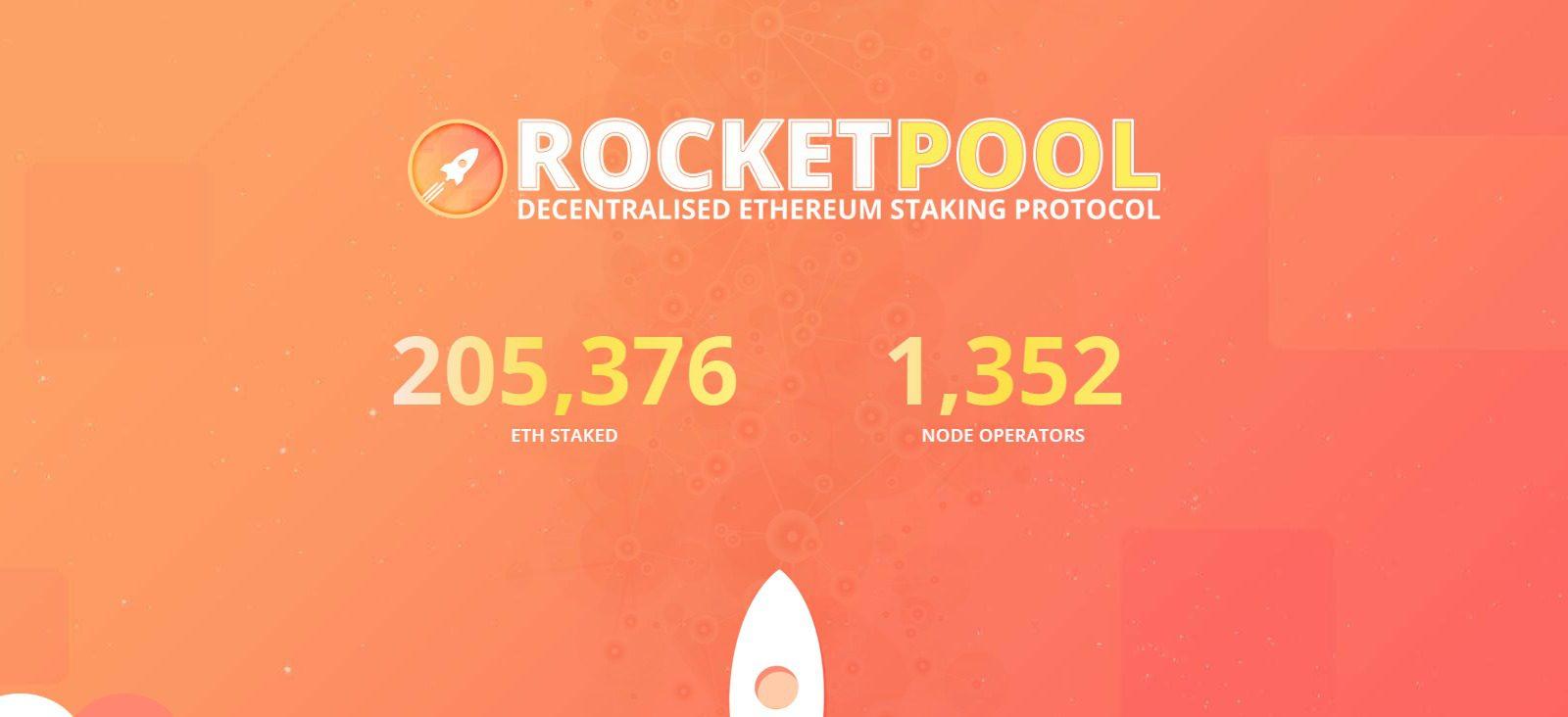What Is Rocket Pool (RPL)?
Rocket Pool is a first of its kind ETH2 Proof of Stake Protocol, designed to be community owned, decentralised, trustless and compatible with staking in Ethereum 2.0. It was first conceived in late 2016 and has since had over 5 successful public betas over the life span of ETH2 development.
- What Is Rocket Pool (RPL)?
Rocket Pool Coin is designed to cater to two main user groups; those that wish to participate in tokenised staking using rETH (opens new window)using as little as 0.01 ETH and those that wish to stake ETH and run a node in the network to help generate a higher ROI than staking outside of the protocol due to commissions earned.
For more information on these two groups that make up the protocol, we’d highly recommend reading article one in explainer series (opens new window)that goes into great detail on how users can participate, be it via tokenised staking or running a node in the protocol.
Rocket Pool core premise behind a protocol is to ensure the network is not beholden to any one party. This is a principle directly linked to Ethereum and ETH2 itself, and a mindset used at every stage of the process as has evolved.
Important Points Table Of Rocket Pool
| Basic | Points |
|---|---|
| Coin Name | Rocket Pool |
| Short Name |



